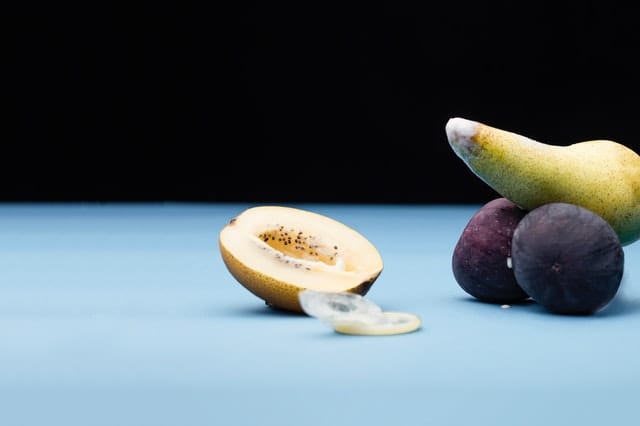The leaves of khat, chewed by the people for their stimulant action. Its young buds and tender leaves chewed to attain a state of euphoria and stimulation.
Khat is an evergreen shrub, cultivated as a bush or small tree. The leaves have an aromatic odor. The taste is astringent and slightly sweet.
The plant is seedless and hardy, growing in a variety of climates and soils.

Khat is the common name for cathinone, a stimulant drug that comes from a flowering evergreen shrub named Catha edulis. It’s a tall, flowering plant, reaching six to 10 feet tall, grown in East Africa and the Arabian Peninsula, with a categorically large amount grown in Kenya, Yemen, and Ethiopia.
The plant thrives in high elevation and the twigs, branches, and leaves, harvested year-round.

Whta is Khat in Particular
Many different compounds, found in khat including alkaloids, terpenoids, flavonoids, sterols, glycosides, tannins, amino acids, vitamins, and minerals.
The phenylalkylamines and the cathedulins are the major alkaloids that are structurally related to amphetamine.
It also suppresses the appetite, A methcathinone, khat acts like a mild amphetamine, keeping a person up, focused, and moving. The plant parts themselves taste sweet when placed between the cheek and teeth where users chew them, and swallow the liquid, creating a mild high that lasts, on average, between 90 minutes and three hours.
However, after 48 hours, its drug contents and levels drop drastically. At this stage, Somalis refer to it as “Garaabo” or “Baarixi”-meaning of lower quality.

Is Khat illigal?
In 1965, the World Health Organization (WHO) Expert Committee on Dependence-producing Drugs’ Fourteenth Report noted. “The Committee note the resolution of the Economic and Social Council with respect to khat. confirming the view that the abuse of this substance is a regional problem and may best be controlled at that level. For this reason, khat was not scheduled under the Single Convention on Narcotic Drugs.
In 1980, the WHO classified the plant as drug abuse that can produce mild to moderate psychological dependence, less than tobacco or alcohol, although the WHO does not consider khaat to be seriously addictive. It is a controlled or illegal substance in some countries. Treated as an illegal drug in 15 of the 27 EU Member States and in Norway but is legal for sale and production in others. This excerpt is from Wikipedia

Does Khat Effect Sperm?
High-dose khat decreases sperm quality and testosterone and hence may contribute to male infertility. Such parameters, including semen volume, sperm count, sperm motility, motility index, and percentage of normal spermatozoa, were lower among addicts.
Some of the male population report dripping of sperms without sexual contact.
Problems Associated with Khat Use
- Social problems (including family breakdown and family violence, poor social integration, social isolation, and withdrawal). Read more about Somali wedding
- Adverse physical health effects (including gastrointestinal problems and dental problems)
- Adverse mental health effects (including mood instability, disturbed behaviour, and psychotic symptoms)
- Immortalize of unemployment
- Neglect of social roles and responsibilities
- Negative impact on level of functioning
- Neglect of meaningful activities

Harm Minimization Strategies for individuals with Problematic Khat use.
- Adopting a health promotion strategy through education
- Developing awareness of when khat use becomes problematic
- Focusing on established users, who are generally mature older men, and younger men who are at risk of problematic khat use as well as other substances’ use
- Support through religious activities
- Increasing public awareness of potential harms associated with khat use through the use of written information and other various oral means
- Development of community centers and social programs through which people who are at risk of khat use may be assisted to expand their social activities
- Developing culturally sensitive intervention strategies using an outreach approach
- Adopting universal harm minimization strategies specifically tailored to khat use (reducing the frequency,)
- Encouraging mainstream drug and alcohol counseling services to provide assistance
Words of Abdullahi Bin Abdikadir about Khat
In 1854, the Malay writer Abdullah bin Abdul Kadir noted that the custom of chewing Khat was prevalent in Al Hudaydah in Yemen: “I observed a new peculiarity in this city — everyone chewed leaves as goats chew the cud.
There are type of leaf, rather wide and about two fingers in length, which is widely sold, as people would consume these leaves just as they are; unlike betel leaves, which need certain condiments to go with them, these leaves were just stuffed fully into the mouth and munched.
Thus when people gathered around, the remnants from these leaves would pile up in front of them. When they spat, their saliva was green. I then queried them on this matter: ‘What benefits are there to be gained from eating these leaves?’
To which they replied, ‘None whatsoever, it’s just another expense for us as we’ve grown accustomed to it. Those who consume these leaves have to eat lots of ghee and honey, for they would fall ill otherwise. The leaves are known as Khaat
Abshir Bacaadle
Abshir Bacaadle, a poet having a great reputation among Somalis, in his denunciation of Qaad consumption, cites all the negative health hazards in the following lines:
